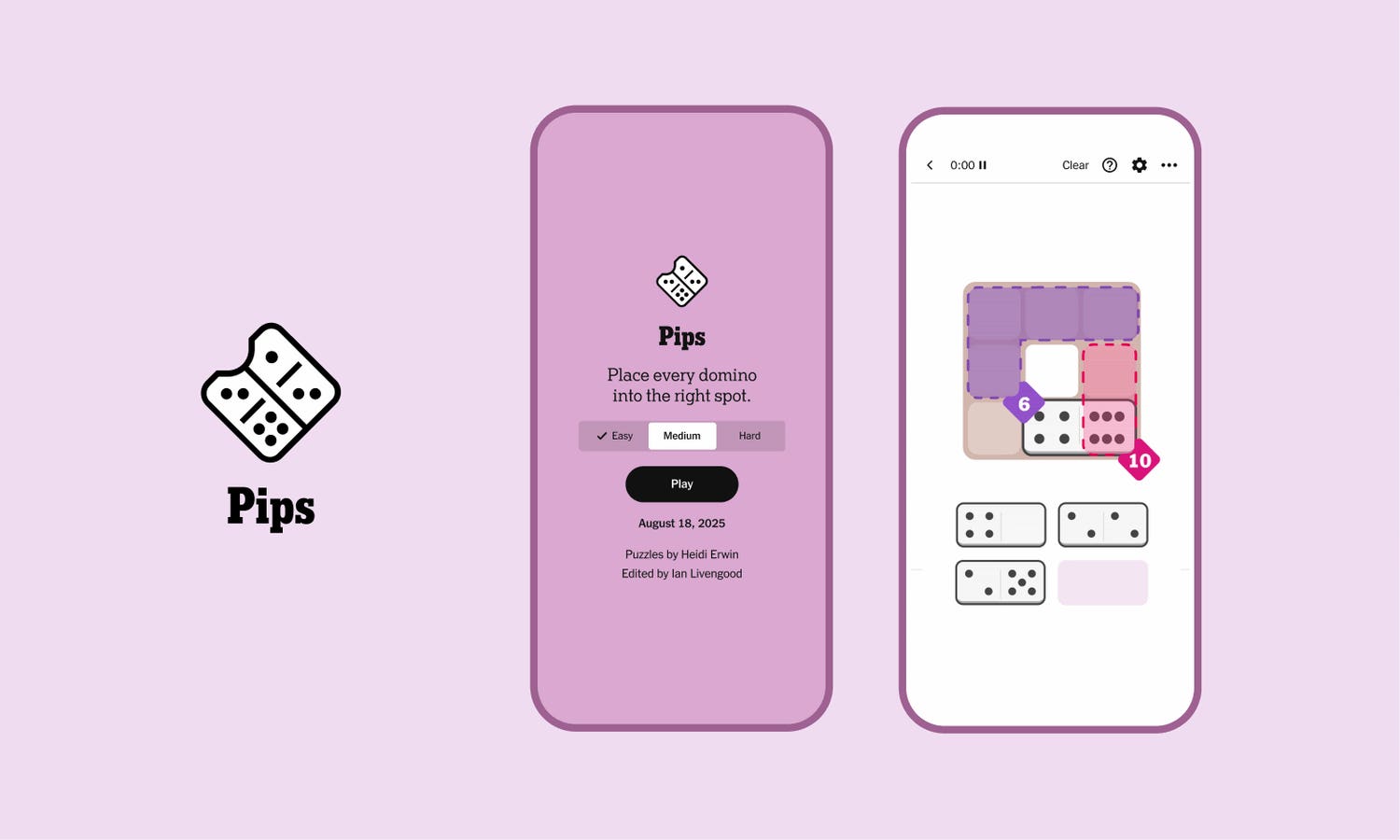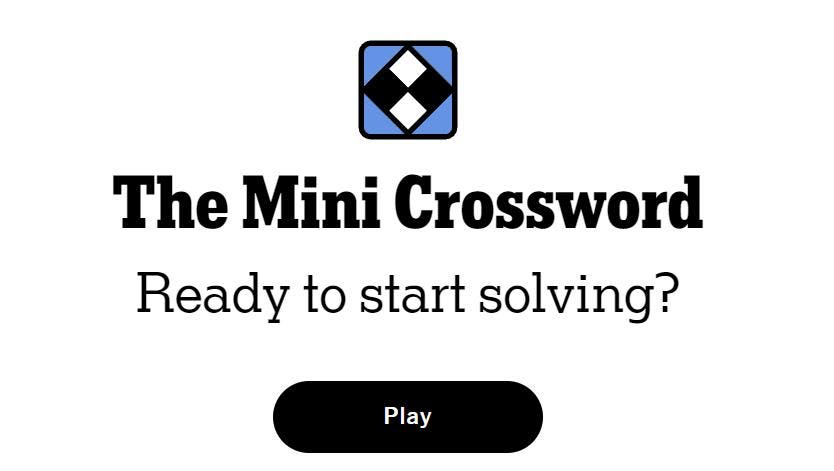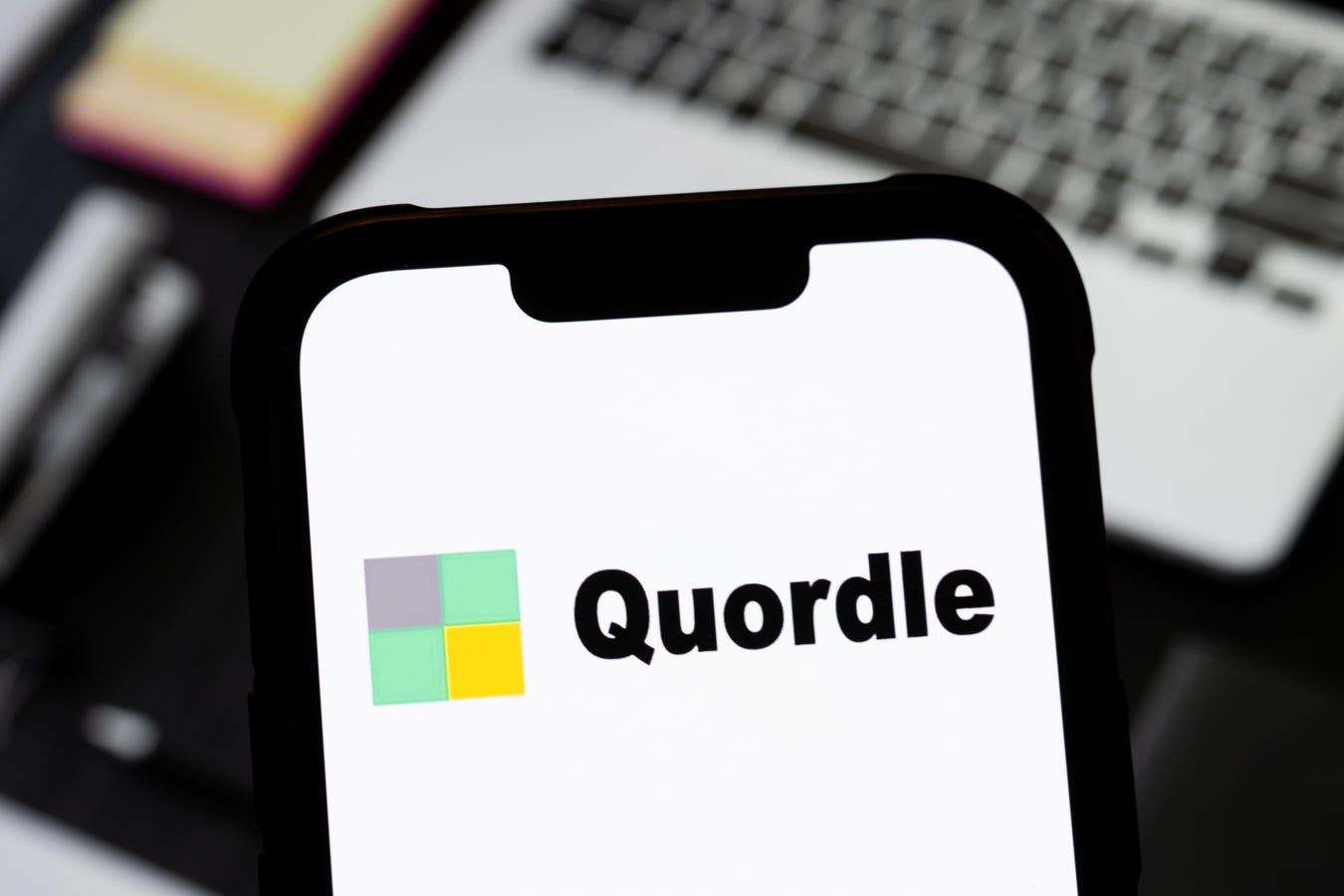Young attractive Asian woman blogger or vlogger looking at camera reviewing product. Modern … More
When QVC launched in 1986, it reshaped shopping as entertainment. Hosts on live television sold everything from jewelry to juicers with charm, trust and storytelling. Fast forward to today, and the format is back, but this time, it’s powered by creators, not cable. The next QVC is already live-streaming from someone’s phone.
The Evolution of E-Commerce
“The majority of e-commerce is really just a scaled up Sears catalog,” said Tom Verrilli, Chief Product Officer at Whatnot, a $3B live shopping platform where thousands of creators now host real-time shows selling everything from vintage tees to rare Pokémon cards.
Whatnot’s thesis is simple: give creators the tools to run their own shoppable shows, and you unlock the next generation of retail. It works. The average buyer spends 90 minutes per day on the app. Some sellers have made over $1M per year. It’s shopping as a social event, not a transaction.
“Whatnot is much more like going back to the mall,” Tom explained. “You might go with something in mind…but I wander through the mall and I can see individual stores and the branding of that store might convince me to come in. The personality of the seller might convince me to make a purchase.”
Monetizing Passion at Scale
On Whatnot, live sellers are entrepreneurs, curators and entertainers. Some run flash sales, dropping 500 items in a matter of seconds. Others build entire formats around their passions. “Probably my favorite ever Whatnot show was last year for May the fourth, where somebody sold every Star Wars Lego set ever made in chronological order. It took him nearly 40 hours. It was phenomenal.”
This shift is more than aesthetic. It changes the economics of being a creator. “You can have 10,000 people watch you open a pack of Pokémon cards and earn six bucks per thousand of them per hour on an ad,” Tom noted. “Or you could be the person selling that Pokémon packet for $35…in an hour you’re making $4-500 from selling those cards.”
That monetization shift is a turning point. Where YouTubers once hoped for CPMs or brand deals, now creators can sell directly with no overhead, no warehouse and no gatekeepers. “We’ve got some of our best fashion sellers, for example, go and spend two days at thrift stores finding incredible collections of vintage t-shirts…and then they show all day where they’re gonna sell a thousand vintage t-shirts.”
Low Barriers, High Potential
The model also lowers the barrier to entry. No production crew, no lights. “You don’t need anything other than an iPhone to move hundreds of thousands of dollars of sales in a year,” Tom said.
And this isn’t niche. It’s already big. “Last year, sellers on Whatnot sold more than $3 billion of goods while live on Whatnot,” he said. “More people downloaded Whatnot in March than downloaded TikTok in the United States.”
A Creator’s Dream Realized
One standout example of this transformation is Alana Thomson, a 42-year-old mother from Glasgow who left her role as an aesthetic practitioner to become a full-time TikTok content creator. Her breakthrough came in 2021 when a 12-second shopping video went viral. Now with over 91,000 followers, Alana earns up to $25,000 per month through affiliate sales on TikTok Shop, curating inclusive, stylish fashion for women of all ages and body types.
“I work crazy 12-hour days but make up to £20k a month, it’s a dream,” she told The Scottish Sun.
U.S. Live Commerce Market Highlights
The U.S. live commerce market is scaling fast and the opportunity is only getting bigger. In 2024, the market brought in an estimated $1.75 billion in revenue, and it’s projected to soar to more than $8.2 billion by 2030. That growth represents a 30% CAGR.
While fashion and apparel currently dominate the category, health and wellness is emerging as the next breakout sector. That means whether you’re selling vintage denim, clean skincare, or home workout gear, the audience and appetite is there.
What Can Creators Learn?
- Commerce Is Content: Every stream is a show. Think like a host. Bring your audience in, tell stories and make shopping fun.
- Taste Is a Business: Your curatorial eye is valuable. Whether it’s vintage fashion, collectibles, or niche beauty, there’s a market for expertise.
- Lean Into Personality: Buyers aren’t just there for the product. They’re there for you. Personality drives trust and trust drives conversion.
- Test and Iterate: Try flash sales. Experiment with auction formats. Ask your audience what they want and adjust in real-time.
- Start Simple: All you need is a phone, a product and a point of view. The tools are built to scale with you.
The Future Is Creator-Led
“I fundamentally think that there is nothing that you can buy and sell on the internet today that wouldn’t be better sold and bought in a live experience,” Tom concluded. “As long as we keep doing what we’re doing, I’m pretty confident that this will continue to be the best place to buy and sell.”
In the end, it’s not just about replacing QVC. It’s about reimagining it and making it creator-led, community-powered and infinitely more personal.
This article is based on an interview from my podcast The Business of Creators.







